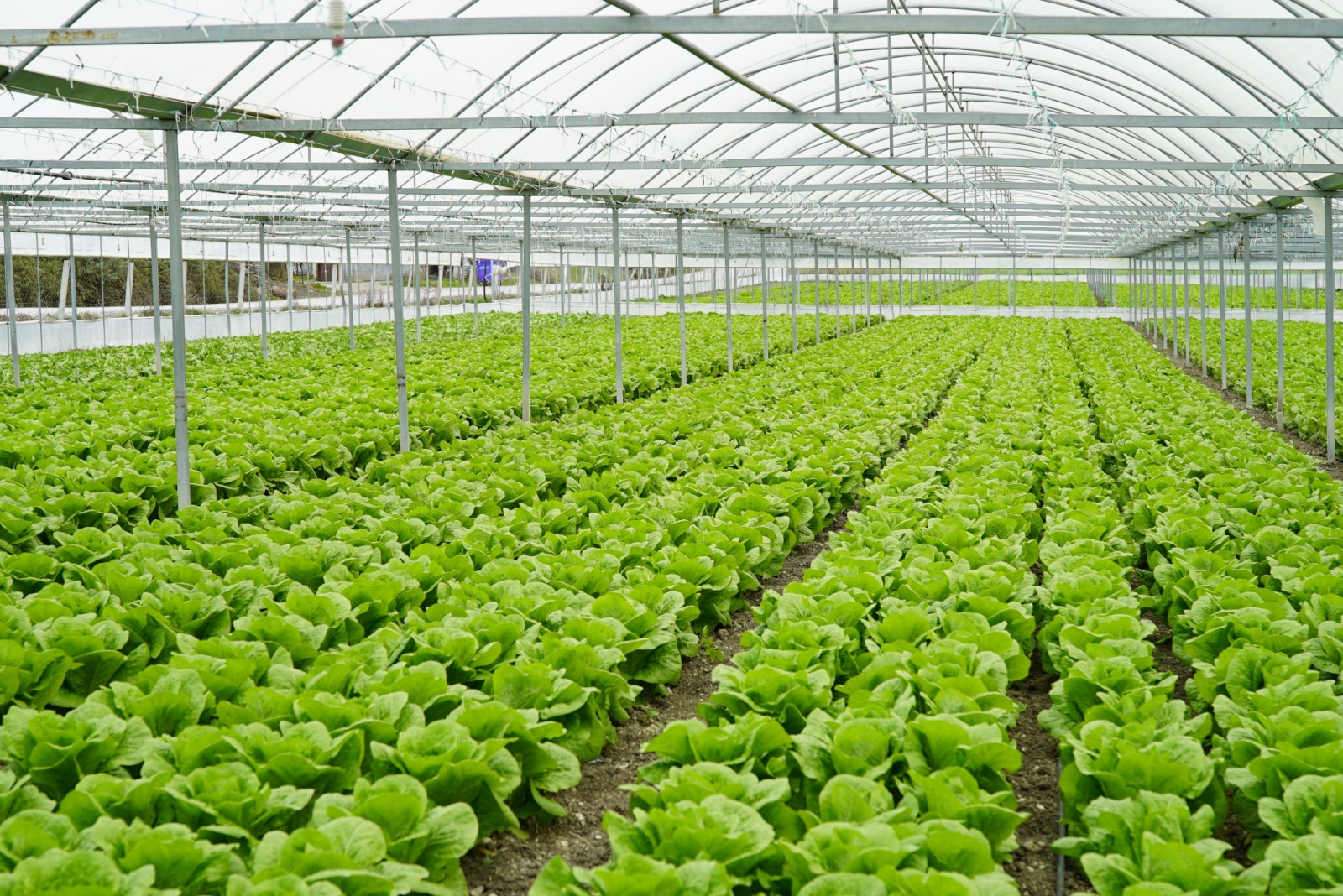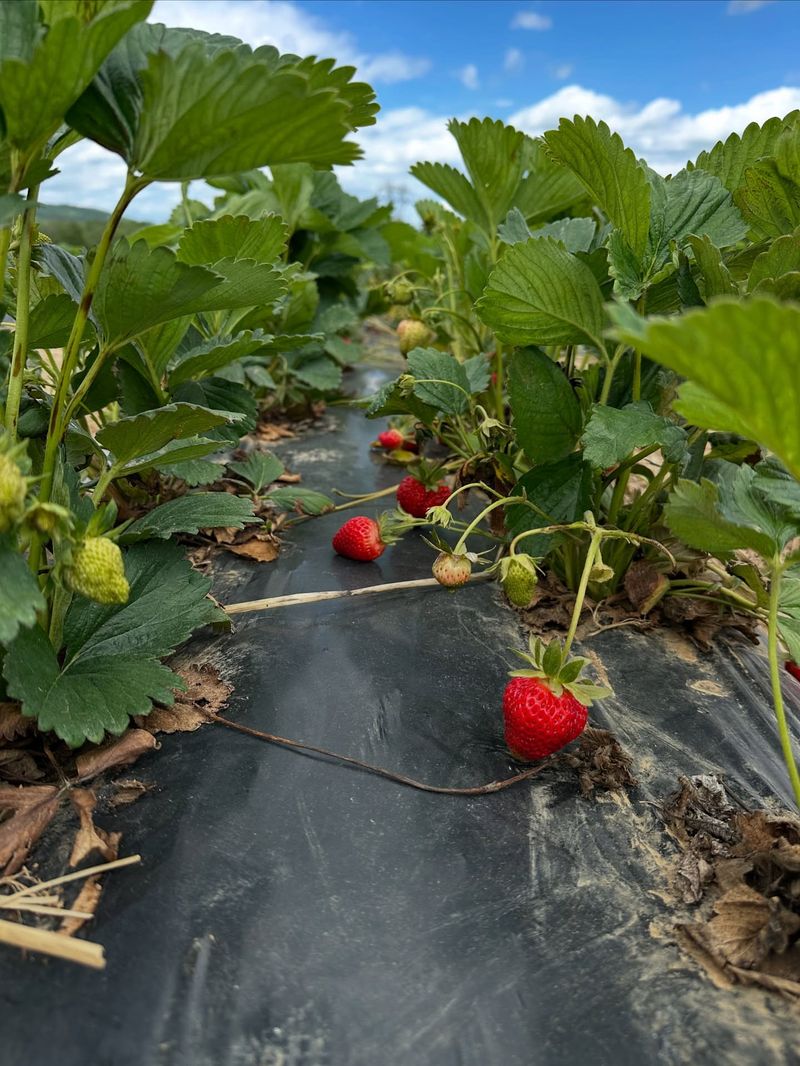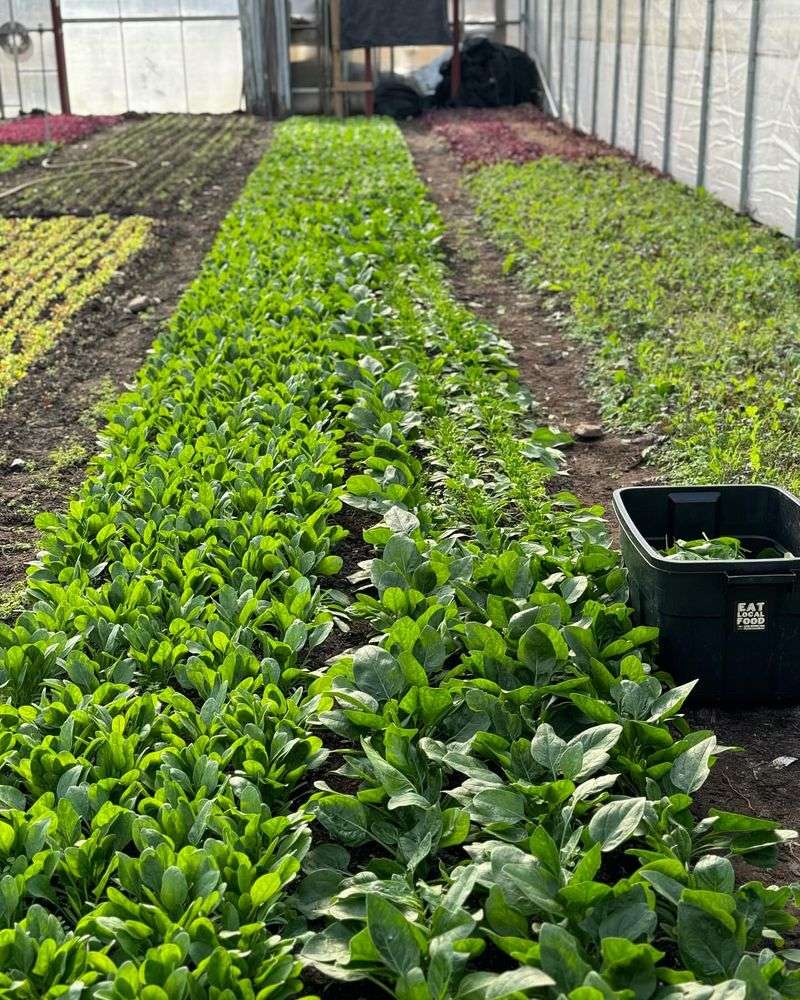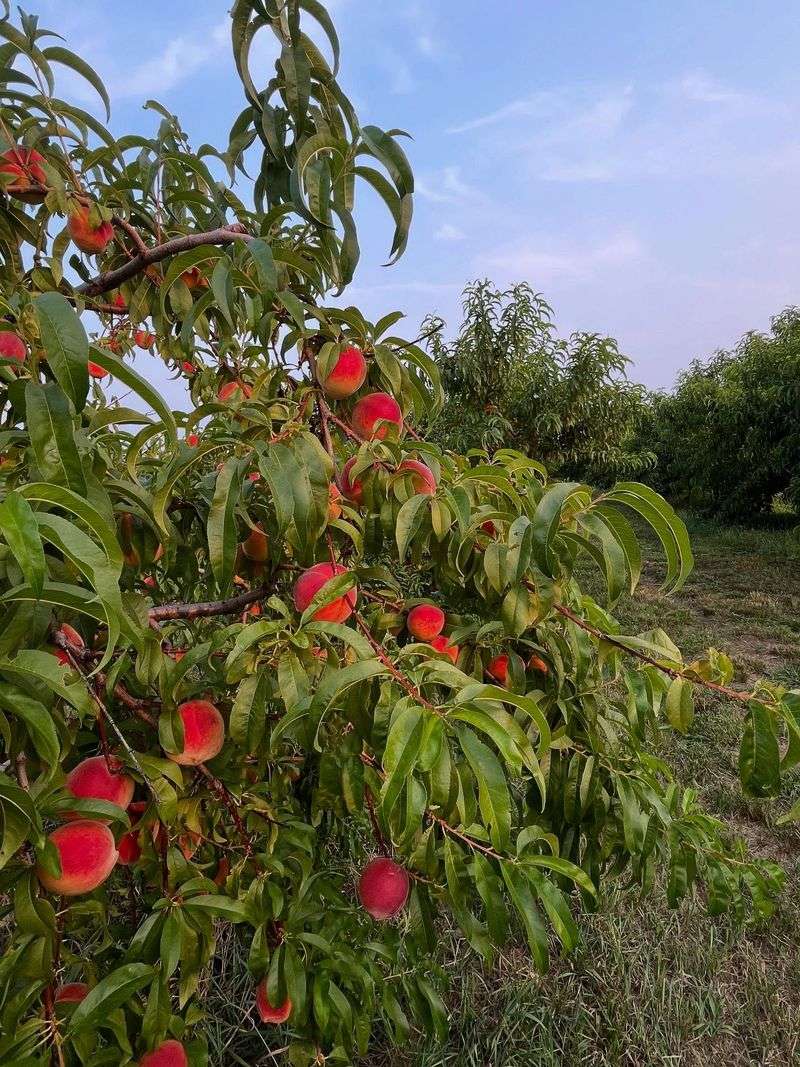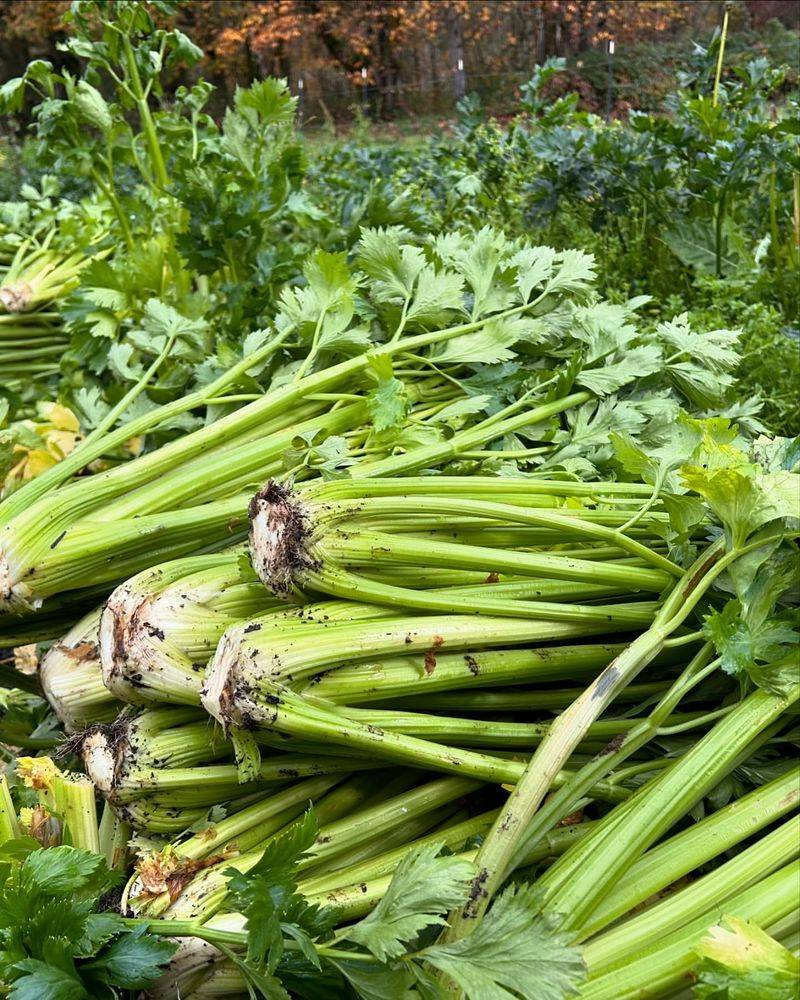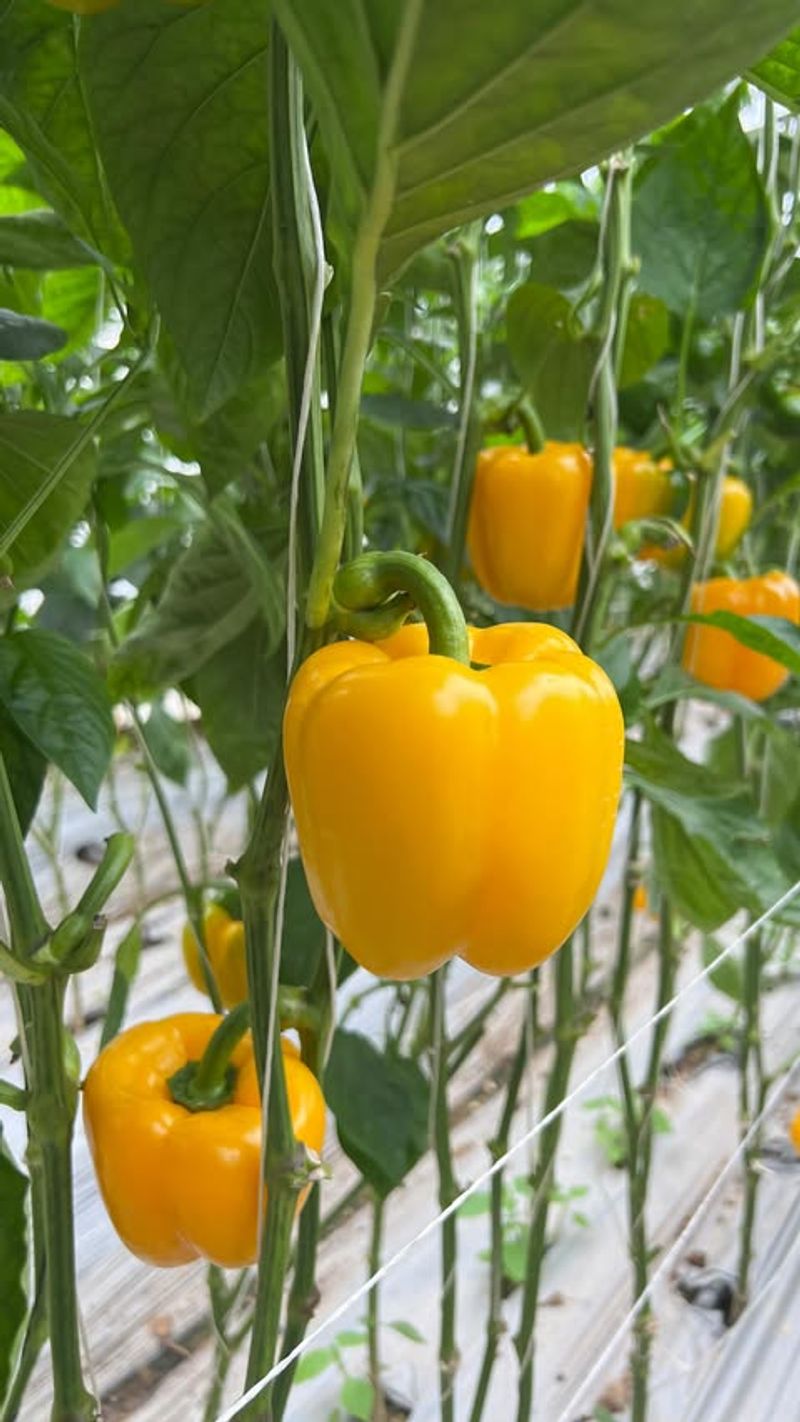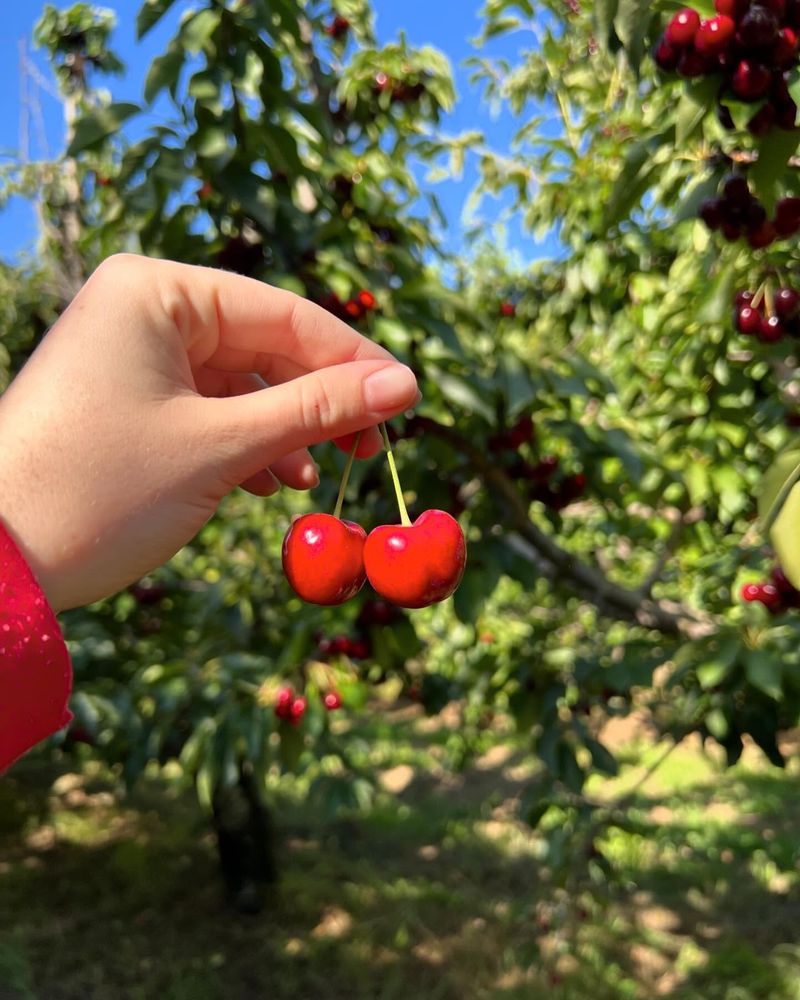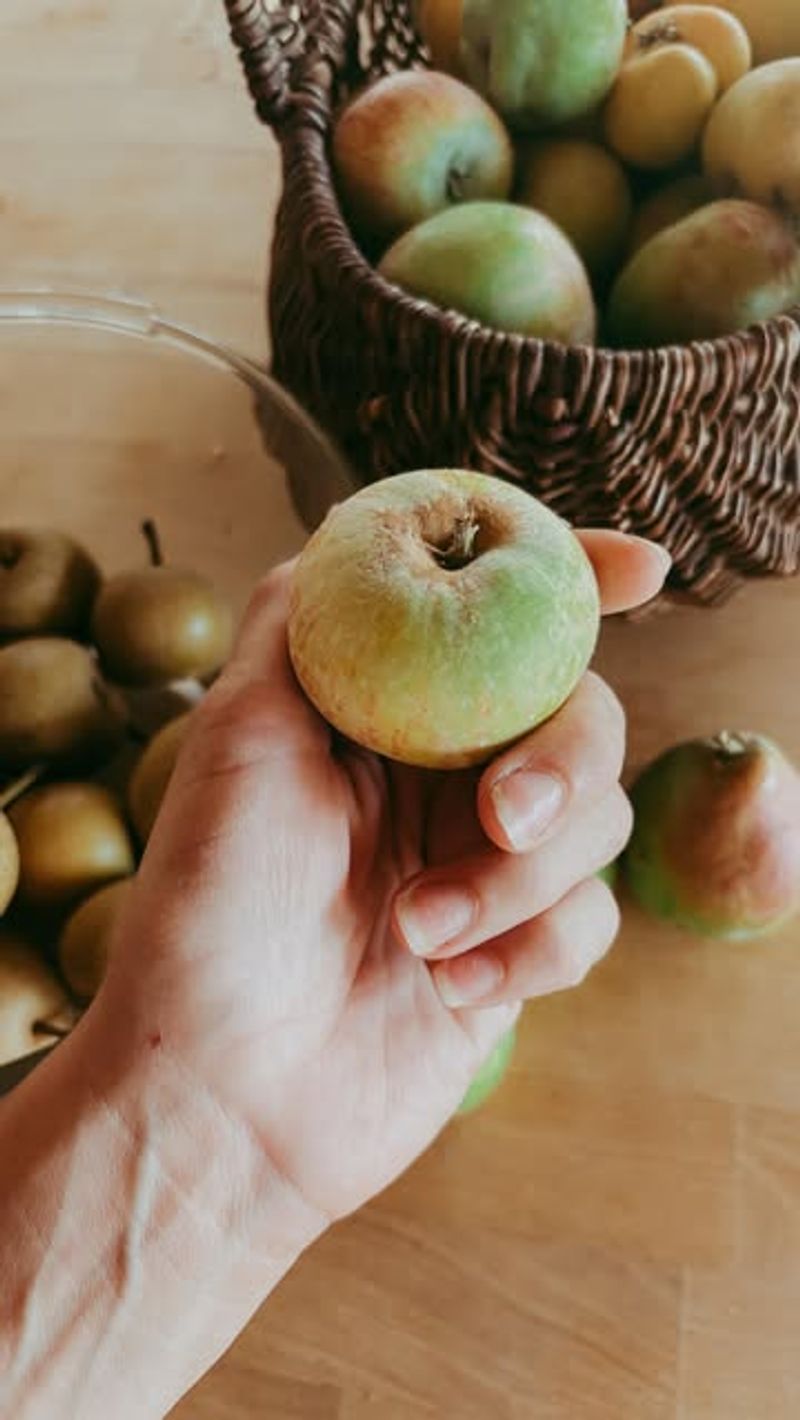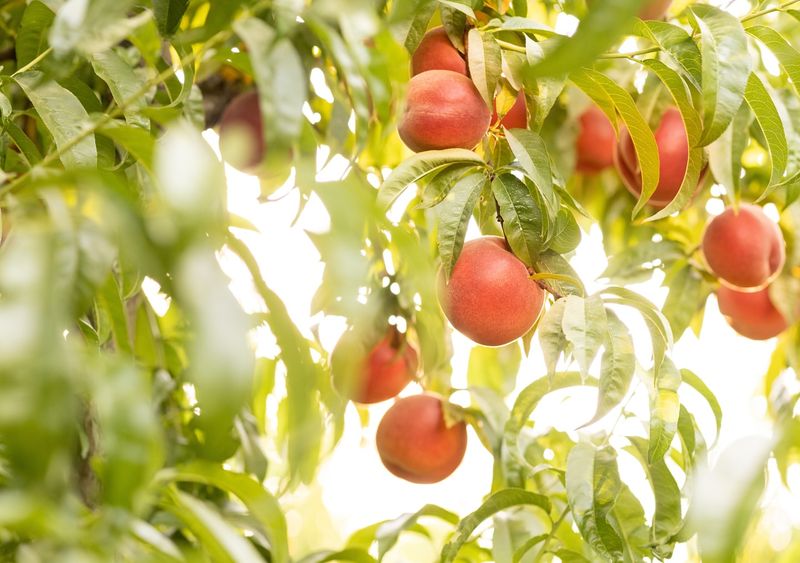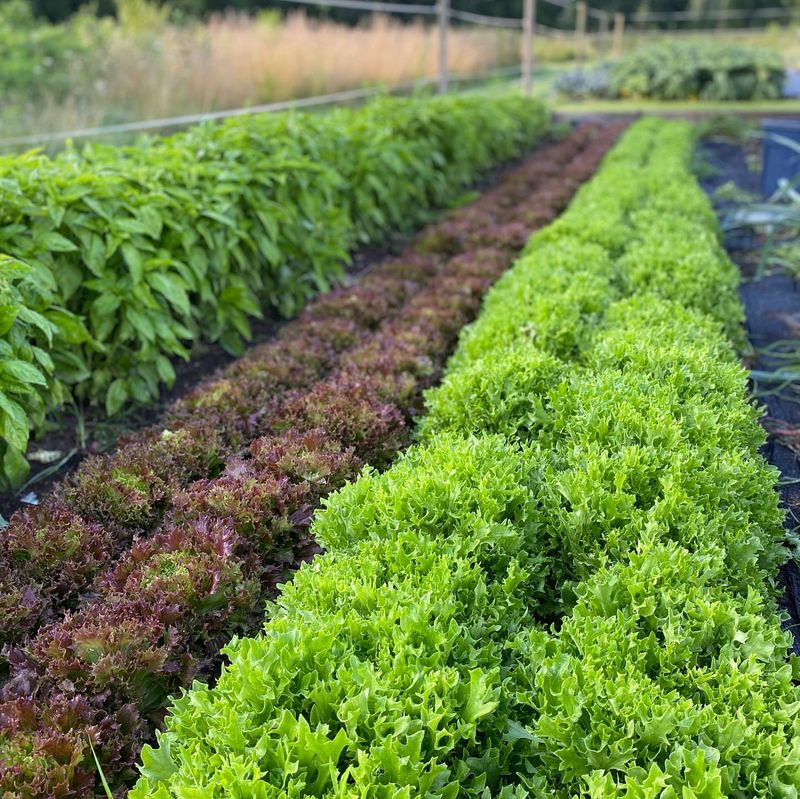California grows much of America’s food, but some crops need more pesticides than others to fight bugs and diseases. Farmers spray these chemicals to protect plants, but sometimes these sprays can stay on our food.
Understanding which crops might have more pesticides helps us make smarter choices when shopping for fruits and vegetables.
1. Strawberries: The Red Flag Fruit
Strawberries top many pesticide concern lists because their soft skin absorbs chemicals easily. California produces 90% of America’s strawberries, with farmers using fumigants and fungicides to battle persistent mold and insects.
Their growing pattern close to the ground exposes them to more soil treatments. Conventional strawberry fields may receive up to 60 different pesticide applications throughout a growing season, making them particularly vulnerable to contamination.
2. Spinach: Not-So-Clean Greens
Leafy and vulnerable, spinach battles numerous pests in California’s warm climate. Farmers often apply multiple insecticides to protect these delicate leaves from hungry bugs that can quickly destroy entire crops.
The large surface area of spinach leaves creates more space for pesticides to cling to. Recent testing found up to 54 different pesticide residues on conventional spinach samples, ranking it among the most contaminated vegetables grown in California’s fertile valleys.
3. Grapes: Wine Country’s Chemical Concern
California’s famous vineyards face constant threats from powdery mildew and other fungal diseases. The tight clusters of grapes create perfect humid environments for fungi to thrive, requiring repeated fungicide applications.
Valley grape growers may spray 15-20 times per season. Unlike some fruits, grapes don’t get washed before processing for wine or juice, potentially carrying residues into finished products. Table grapes often receive post-harvest treatments to extend shelf life.
4. Nectarines: Fuzzy-Free But Chemical-Heavy
Smooth-skinned nectarines lack the natural protection of peach fuzz, making them especially vulnerable to insect damage and diseases. California’s Central Valley produces most American nectarines, where farmers battle persistent pests like oriental fruit moths and peach twig borers.
The thin skin offers little barrier against pesticide absorption. Conventional nectarine orchards may receive up to 25 different pesticide applications during a growing season, from dormant sprays in winter to pre-harvest treatments.
5. Celery: Stalks Soaking Up Sprays
Celery’s structure creates numerous nooks where pests hide and pesticides collect. The plant’s high water content acts like a sponge, potentially drawing systemic pesticides throughout its tissues rather than just surface residues.
California’s celery fields, concentrated in coastal regions, face pressure from aphids and leafhoppers that transmit diseases. Conventional celery receives multiple pesticide applications, with tests showing residues from up to 13 different pesticides remaining after harvest.
6. Bell Peppers: Colorful Pesticide Collectors
Vibrant bell peppers grow year-round in California, requiring continuous pest management against thrips, aphids, and whiteflies. Their hollow structure and thin walls make them susceptible to insect invasion and disease.
Pepper plants typically receive multiple insecticide and fungicide treatments throughout their long growing season. The waxy skin of bell peppers can hold pesticide residues that regular washing doesn’t completely remove, with testing finding up to 15 different pesticide compounds on conventional samples.
7. Cherries: Small Fruits with Big Chemical Loads
Cherry trees face numerous challenges from cherry fruit flies, spotted wing drosophila, and bacterial diseases. California’s cherry industry, centered in San Joaquin Valley, relies on regular pesticide applications to produce the perfect-looking fruit consumers demand.
Their short growing season means concentrated pesticide use in a brief period. The thin skin and small size create a high surface-area-to-volume ratio, potentially resulting in higher pesticide concentration per bite compared to larger fruits, with some samples showing residues from 42 different pesticides.
8. Apples: Polished Problems
Apples battle codling moths, apple maggot flies, and fungal diseases throughout their growing cycle in California orchards. Conventional apple production typically involves multiple pesticide applications from bloom through harvest.
The fruit’s waxy skin helps retain pesticides even after washing. Many conventional apples receive post-harvest treatments to prevent spoilage during storage, adding another layer of chemical exposure. Testing has found residues from up to 47 different pesticides on non-organic apples.
9. Peaches: Fuzzy Fruit, Persistent Pesticides
Peach orchards across California’s Central Valley face constant pressure from oriental fruit moths, peach twig borers, and brown rot. Their fuzzy skin, while natural protection, actually creates more surface area for pesticides to cling to.
The soft flesh makes them highly susceptible to damage, prompting preventative spraying. Conventional peach orchards typically receive 20+ pesticide applications annually. Their short shelf life encourages additional post-harvest treatments, with residues from up to 62 different pesticides found in testing.
10. Lettuce: Leafy Pesticide Magnets
California’s Salinas Valley, known as America’s salad bowl, produces lettuce year-round using intensive pest management. The crop’s broad leaves provide ample surface area for pesticides to stick to, while its shallow root system absorbs soil treatments.
Lettuce faces pressure from aphids, leafminers, and downy mildew. Conventional fields may receive up to 30 different pesticide applications per growing cycle. The leafy structure makes thorough washing difficult, with pesticides often remaining in the crevices where leaves connect.
11. Almonds: California’s Chemical-Intensive Nut
California produces 80% of the world’s almonds across vast Central Valley orchards that rely heavily on pesticides. Almond trees face pressure from navel orangeworm, peach twig borer, and numerous fungal diseases in the state’s hot, dry climate.
The long growing season means extended pesticide exposure. Conventional almond production typically involves 15+ different pesticide applications annually. While the shell provides some protection to the nut, studies have found residues from up to 16 different pesticides in processed almonds.

